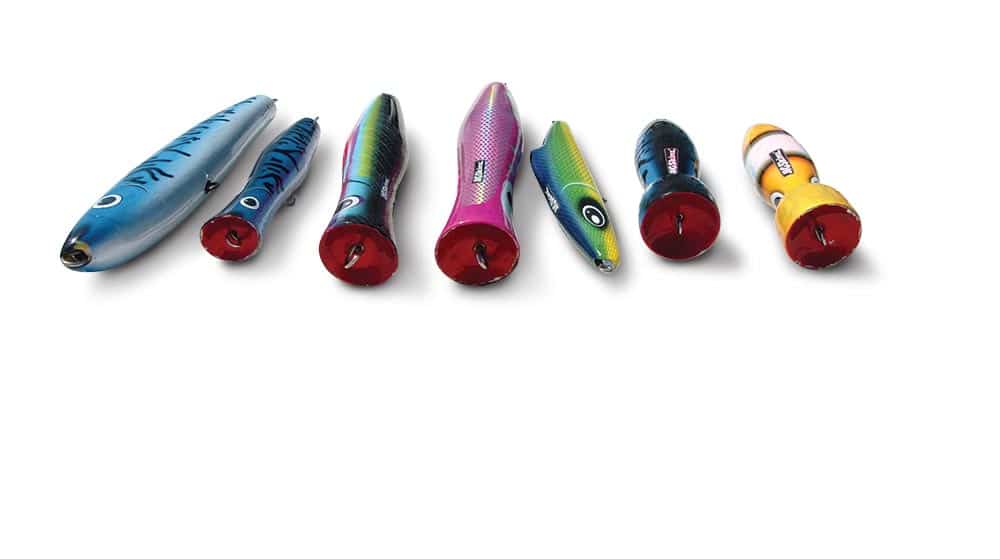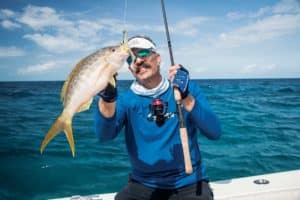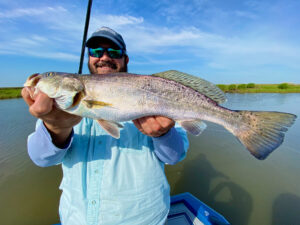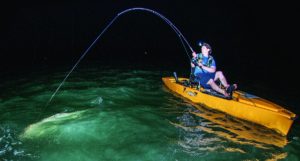Blackfin tuna school off South Carolina’s coast in winter and spring. When weather calms, anglers normally head 50 miles offshore or more to troll ballyhoo for these chunky tunas. But in the last few seasons, a couple of innovative Low Country fishermen have found an even-more productive (and more fun) method: using artificials such as jigs and even topwater poppers to entice strikes. Fishing reports of 20 to 30 blackfins a day commonly cross the docks.
Here are some tips author Matt Winter learned while he fished with South Carolina blackfin expert Courtland Babcock, whose company JigSkinz makes shrink-to-fit sleeves for refurbishing lures.
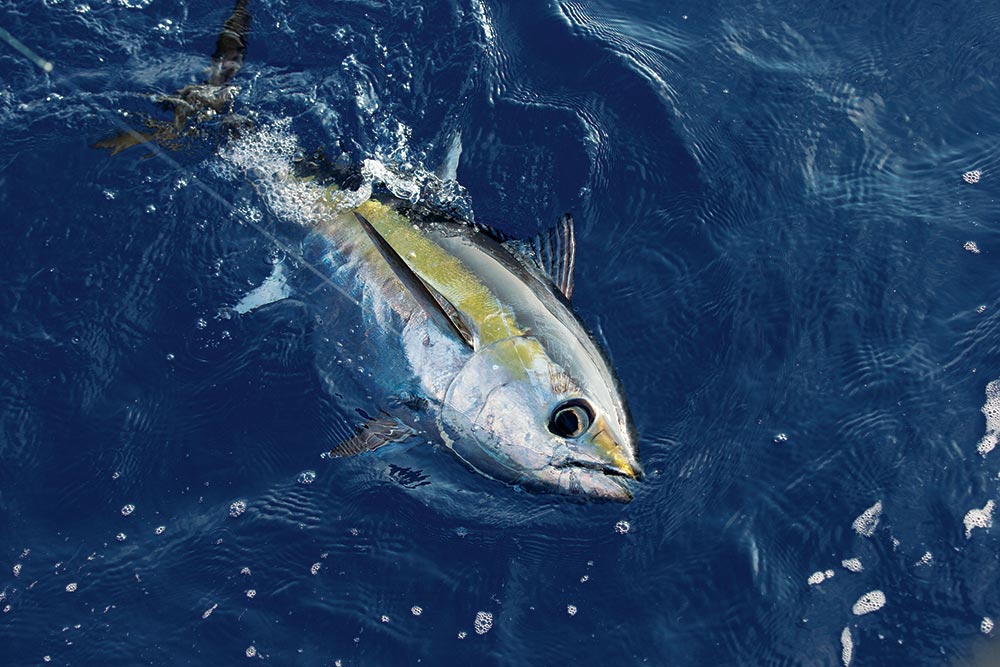
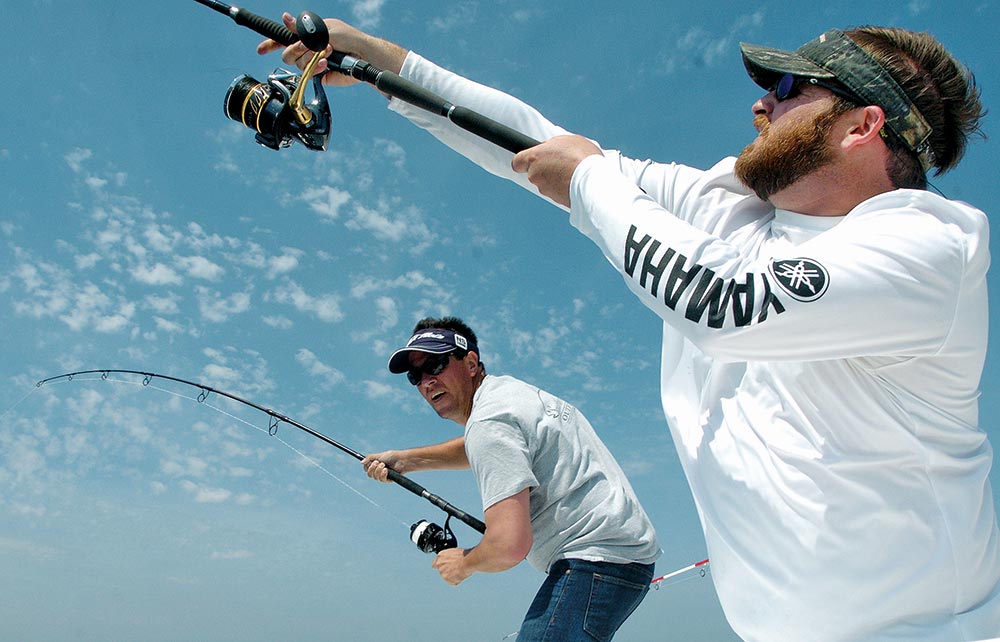
Use Top Tackle
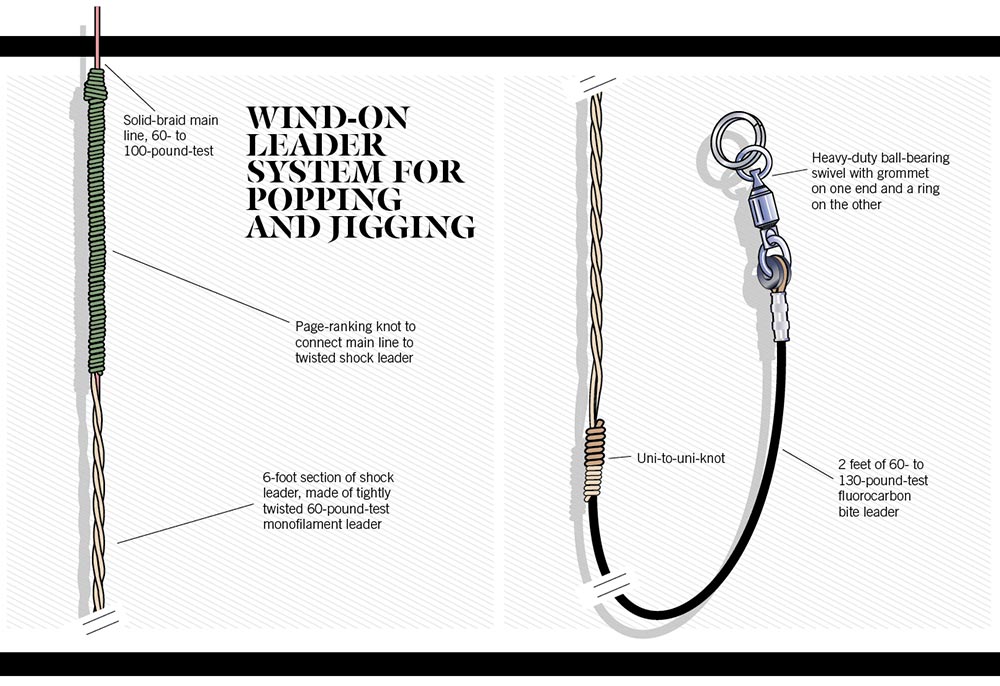
Solid Connections
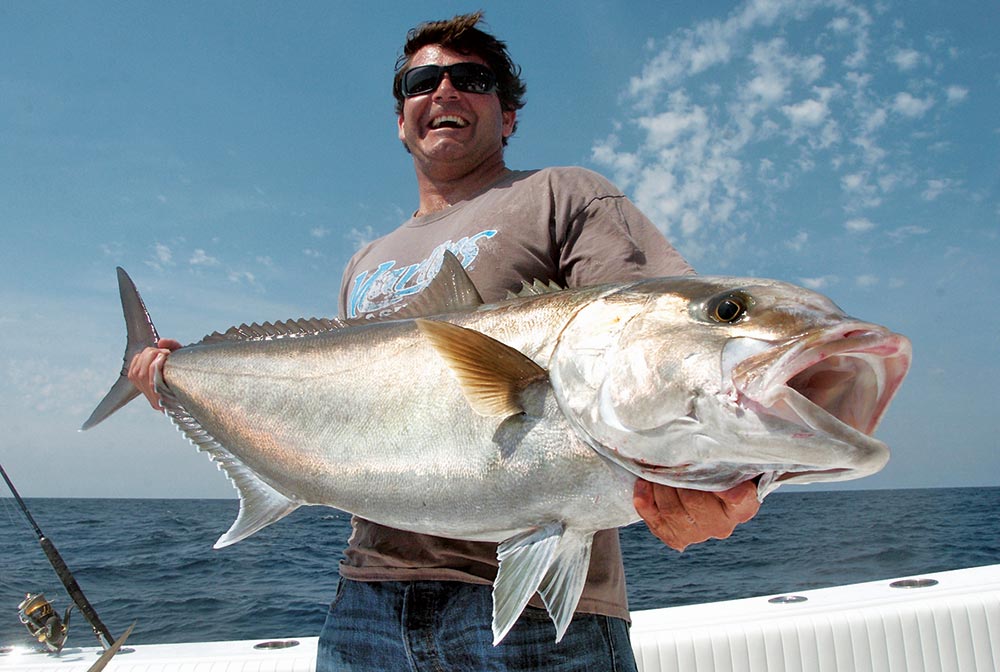
Avoiding Amberjacks
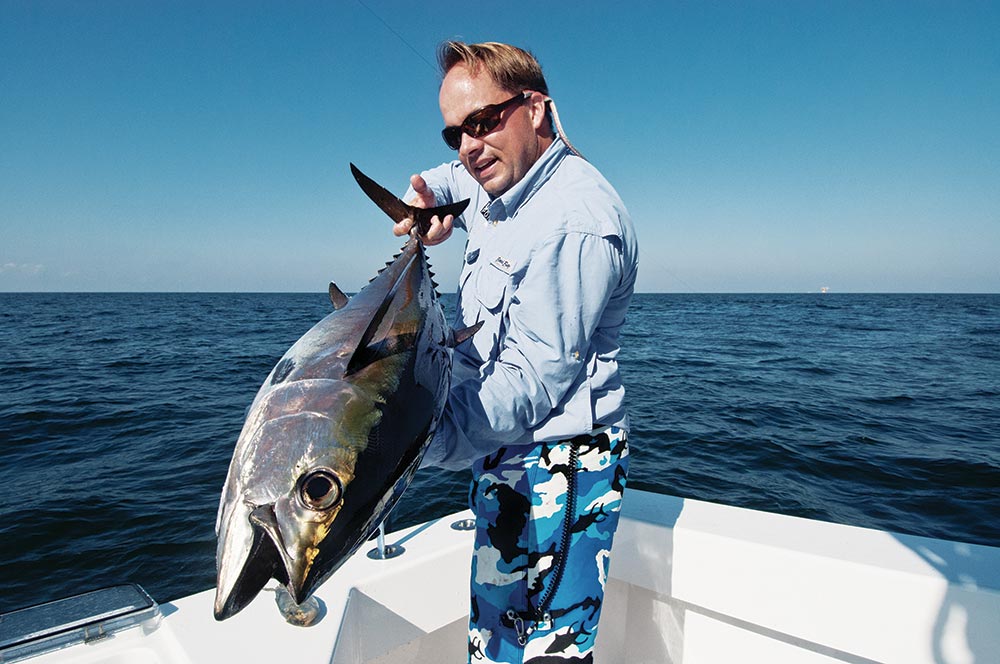
Scoring with Poppers
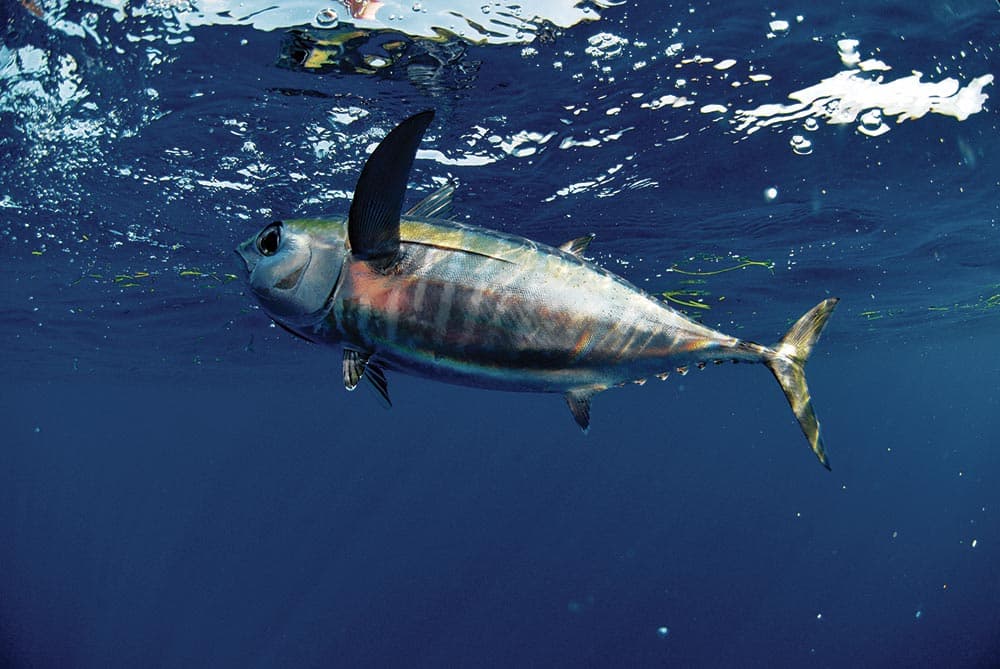
Keep the Pressure On
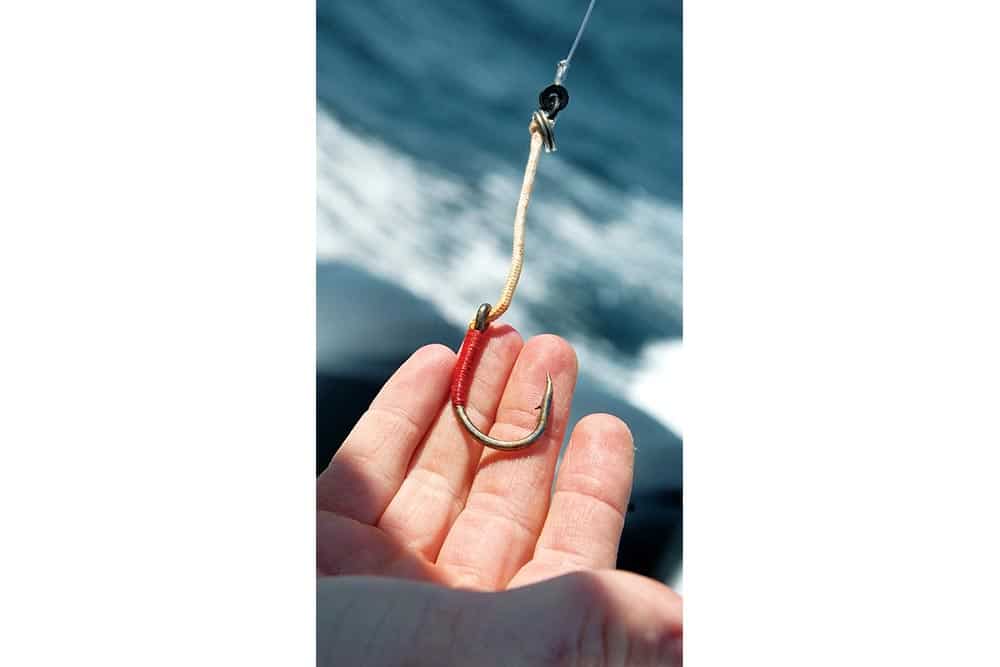
Jigs and Hooks
